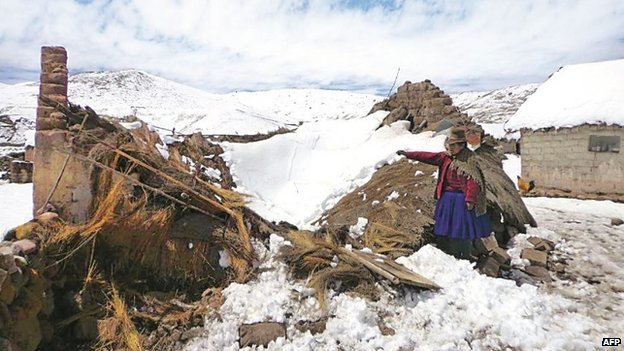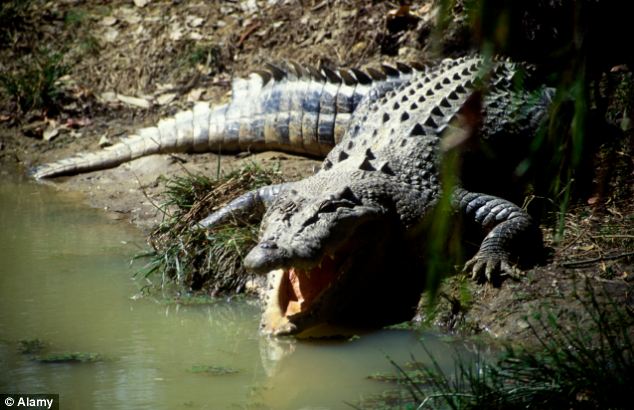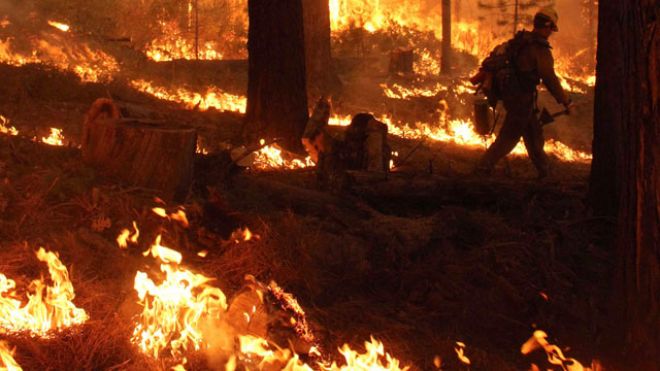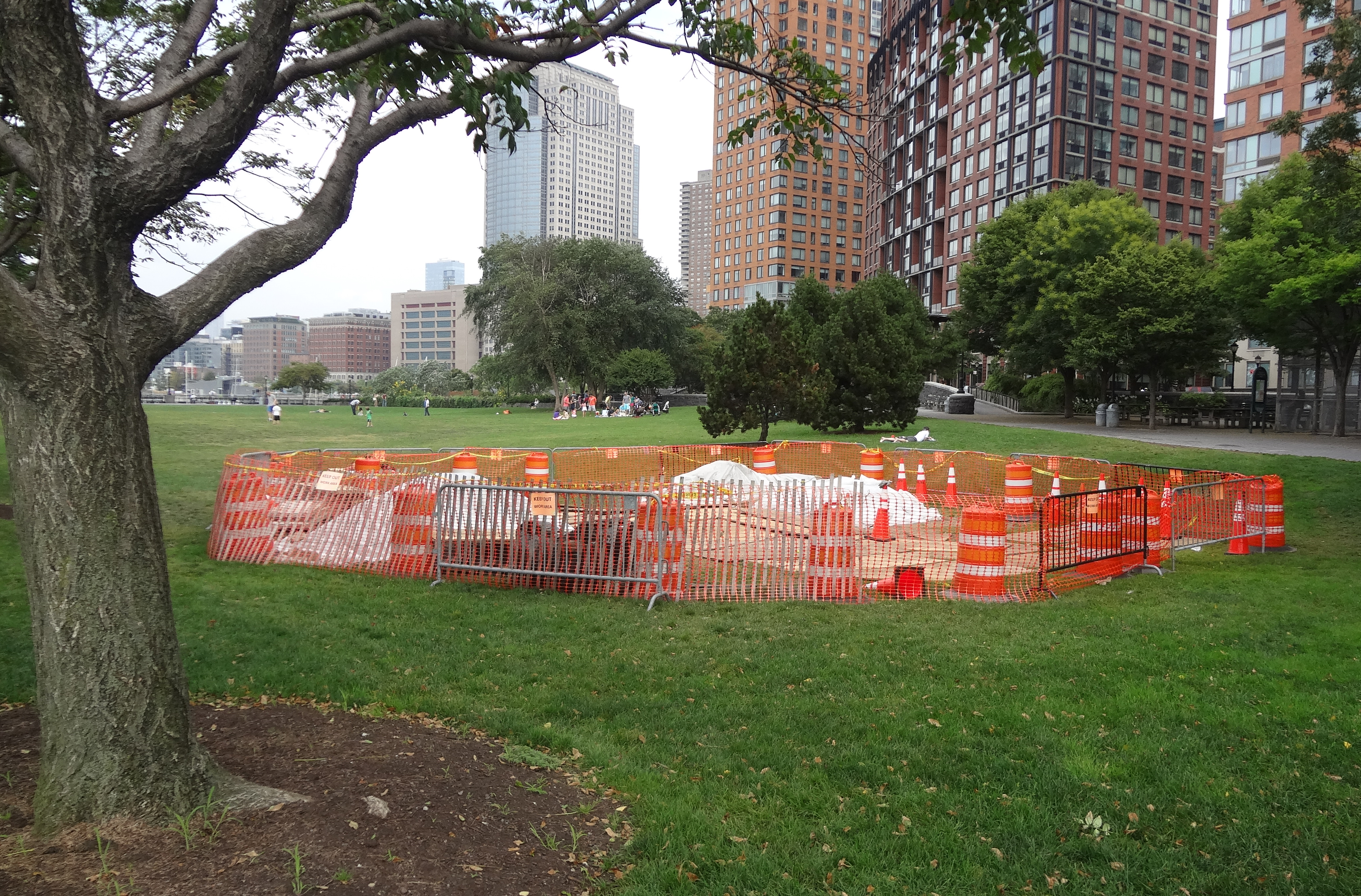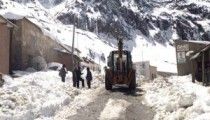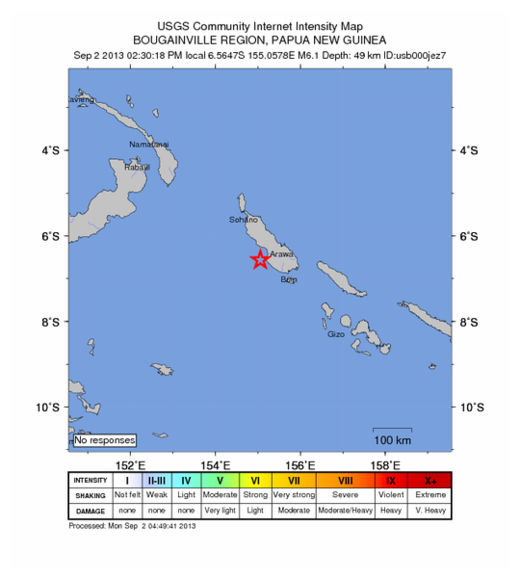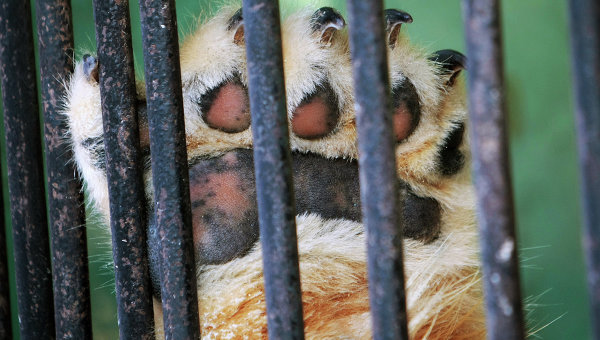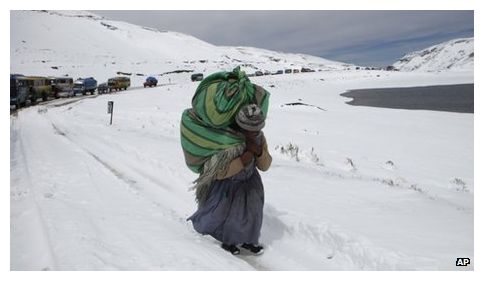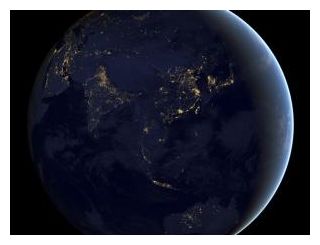
Satellites and magnetic observatories have recorded stirrings in the magnetic field - some areas weakening, some strengthening - which suggest that our planet is headed for a reversal of its magnetic poles in the next few hundred years.
If that happens, compasses which usually point north will point south. Animals which use the magnetic field for navigation such as birds, whales and sharks will find it difficult to migrate along their usual routes. Our magnetic navigation systems will have to be recalibrated.
And while South Africans won't be able to watch the aurora visible over the equator during the pole switch, we are in a prime position to monitor the process because we are situated between the two areas of greatest change in the magnetic field.
Just south-west of Cape Town is the region where the largest decrease was recorded by satellites between 1980 and 2001: -8 percent. And not too far east of South Africa is the region in the Indian Ocean where the largest increase was recorded, of +3 percent.
At the magnetic observatory in Hermanus, one of four in the country, the geomagnetic field has decreased by more than 20 percent since 1941.
Dr Pierre Cilliers, a researcher at the South African National Space Agency (Sansa), said: "The area of largest decrease in the magnetic field is closer to South Africa than to the rest of the inhabited world."
